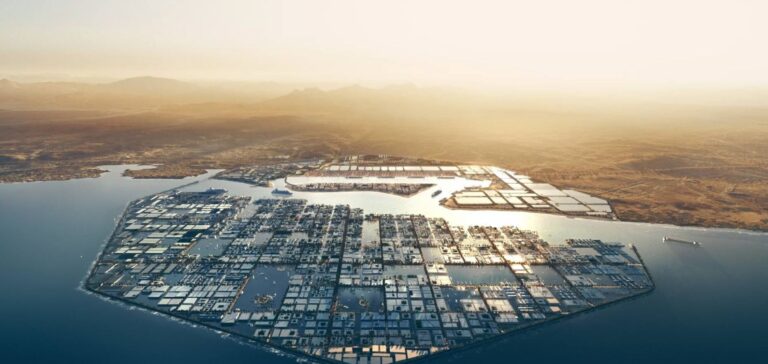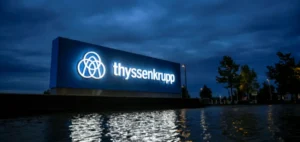Air Products CEO Seifi Ghasemi generated a lot of backlash when he suggested the possibility of shipping green hydrogen from Saudi Arabia to California earlier this year. However, the company’s hydrogen chief, Eric Guter, clarified in an interview that these plans are far from certain.
Possible imports from the NEOM project
Ghasemi’s idea to import green hydrogen into California was originally mentioned at the CERAWeek by S&P Global conference in Houston on March 8. He has stated publicly that most of the hydrogen produced at the NEOM Green Hydrogen Complex in Saudi Arabia “will be sold either in Europe or in the state of California.” The NEOM project, developed in partnership with ACWA Power Co. of Saudi Arabia, will be the largest green hydrogen ammonia complex in the world when it comes online in 2027. The $8.5 billion facility will produce 600 tons per day of green hydrogen, which will be shipped around the world as ammonia.
Ghasemi cited California’s support for green hydrogen, particularly the Low Carbon Fuel Standard (LCFS), as a factor that makes the state attractive as an export market. However, some industry observers are puzzled by the plan, saying it contradicts the intent of the Inflation Reduction Act and the Bipartisan Infrastructure Law, designed to make domestically produced hydrogen as competitive as possible.
Hydrogen in California to decarbonize
If Air Products imports hydrogen into California, it will likely be used to decarbonize heavy industry and heavy trucks, according to Guter. The same is true for Air Products’ other green hydrogen projects in the western U.S., including a 10 mt/day plant in Arizona that is expected to come online this year, and a 200 mt/day plant in Texas planned for 2027.
Air Products has more than a half-dozen green and blue hydrogen projects underway in North America, worth a total of $15 billion, that will bring more than 3,600 mt/day of clean hydrogen to the global market over the next five years, according to a company spokesperson. Some of these projects will produce hydrogen for global export, such as the company’s $4.5 billion Blue Hydrogen Complex coming to the Louisiana coast in 2026, which will convert some of its hydrogen into ammonia for export. In addition, its $1.6 billion blue hydrogen complex in Alberta, Canada, planned for 2024, will also create an export opportunity for the company. The U.S. Gulf Coast and the West Coast of Canada have been identified by S&P Global Commodity Insights as regions with great potential for clean hydrogen exports.
However, export or import opportunities in any region are not set in stone, Guter explained. “There will be projects that emerge and go in one direction initially and then may go in another direction as the project evolves,” he said. “You can imagine import facilities converting to export facilities over time as we develop domestic production in any single location based on available resources. …There will be flexibility.”






















